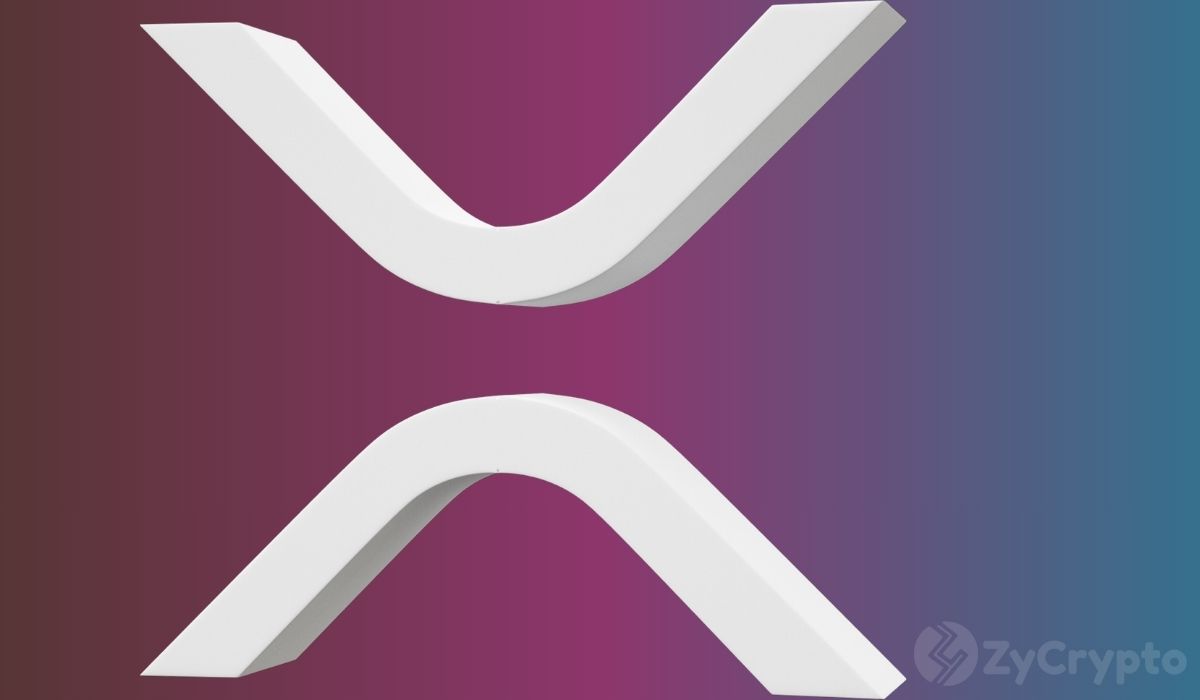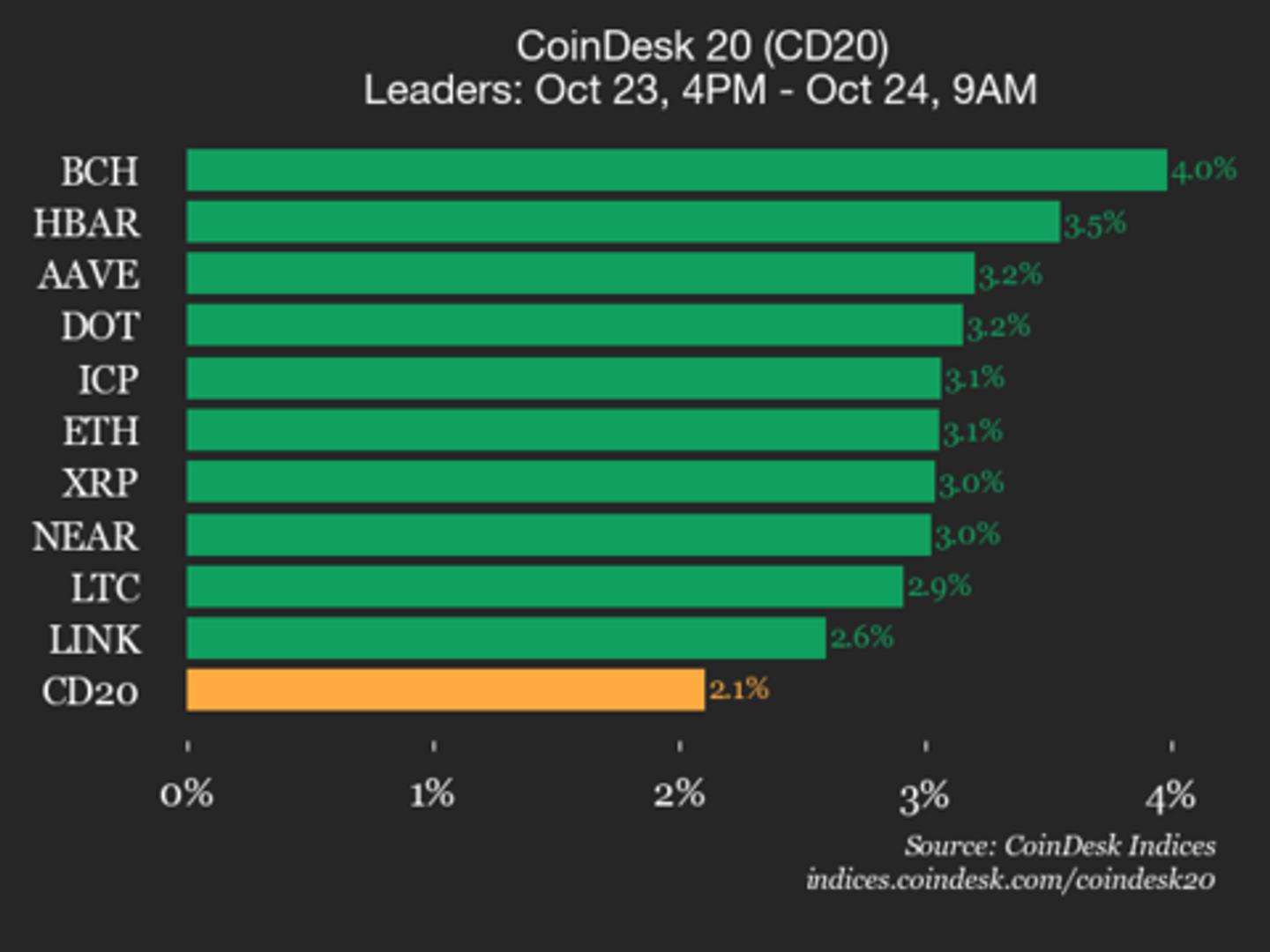Introduction: A Week of Contradictions
The past week in the crypto markets presented a fascinating paradox: significant headwinds in market performance juxtaposed with landmark advancements in regulatory clarity and institutional adoption. Headlines painted a picture of both vulnerability and unwavering growth, highlighting the complex, multi-faceted nature of the digital asset space. From high-profile political interventions to unprecedented capital inflows and significant technological strides, the week underscored the industry’s relentless march forward, even amidst price volatility.
Key Trend 1: The Evolving Regulatory and Geopolitical Landscape
The regulatory narrative dominated the headlines this week, signaling a pivotal shift in how digital assets are perceived and integrated into global frameworks. Perhaps the most striking event was the news of a Trump pardon for a crypto executive, an action that could be seen as a watershed moment for the industry, potentially signaling a more lenient or at least more engaged political stance towards digital assets in the US. This political undercurrent was further amplified by a pro-Bitcoin candidate gaining a prominent endorsement in the California Governor race and the consideration of Bitcoin as a state asset in Florida’s $218 billion pension bill, indicating a growing political recognition of crypto.
However, increased acceptance also came with intensified scrutiny. The historic $15 billion Bitcoin seizure prompted an urgent review of US crypto reserve strategy, while French regulators intensified AML scrutiny on crypto giants Coinbase and Binance. Binance, in particular, continues to navigate a complex global regulatory landscape, facing scrutiny even as it eyes expansion. The Financial Stability Board (FSB) sounded an alarm, urging global harmony on cross-border crypto regulation, reflecting a unified push for standardized oversight. On a positive note for regulatory clarity, Japan’s banking giants united to launch a joint stablecoin, a move that could set a precedent for digital finance in established economies. Meanwhile, Tether’s freezing of $13.4 million USDT ($1.00) across 22 addresses served as a stark reminder of the centralized control inherent in some stablecoins and the ongoing regulatory imperatives.
Key Trend 2: Unprecedented Institutional Embrace and Foundational Innovation
Despite market turbulence, institutional interest and investment in crypto continued its relentless ascent, signaling a long-term commitment to the asset class. Major players like Morgan Stanley unlocked crypto fund access for all wealth clients, and Schwab eyes 2026 direct Bitcoin trading amidst a 90% client interest surge. Coinbase Asset Management partnered with iTrustCapital to unlock Bitcoin yield for retirement IRAs, further integrating crypto into traditional finance products.
Beyond traditional finance, significant capital continued to pour into Web3 infrastructure and innovation. Stripe-backed Tempo Labs secured a staggering $500 million investment, reshaping the Web3 infrastructure landscape. This was complemented by Astra Nova securing $48.3M to fuel Web3 and AI entertainment, and Mutuum Finance’s $20M funding for a Q4 2025 DeFi protocol launch. Talent movement also highlighted this trend, with Ethereum Foundation’s Dankrad Feist joining Stripe’s Tempo. Huobi founder unveiling a $1 billion Ethereum Treasury and Ripple Labs securing $1 billion for its strategic XRP ($2.51) Treasury underscore major commitments to foundational digital assets.
Technological innovation continued to push boundaries. Zero-Knowledge Proofs emerged as a key technology for unlocking blockchain’s next era of privacy and scalability. The synergy between blockchain and AI was a recurring theme, with Bittensor (TAO ($386.19)) on track for a trillion-dollar valuation, signaling decentralized AI dominance, and both technologies poised to revolutionize the carbon offset market and enhance data privacy. DeFi saw significant advancements with Uniswap bridging to Solana, a major step towards unifying DeFi liquidity, and prediction markets going mainstream. Even established players like Visa are making a $670 billion programmable money bet, indicating a broad embrace of blockchain’s potential.
Key Trend 3: Market Volatility, Liquidity Challenges, and Macro Headwinds
While regulatory acceptance and institutional adoption gathered momentum, the spot markets experienced significant turbulence. Bitcoin plunged below $107K amidst rising spot BTC ($111,069.00) ETF outflows, leading to widespread suffering among altcoins. This downturn was explicitly linked to tightening liquidity, with gold soaring as investors sought safe havens amidst the market turmoil. The broader context of global macroeconomic headwinds, including falling oil prices, a cooling dollar, and BoJ rate cuts, played a significant role in shaping Bitcoin’s future price trajectory, fueling the ongoing debate about its role as ‘digital gold’ versus a speculative asset.
The stablecoin sector, typically a beacon of stability, also faced its own challenges. The Paxos’ $300 trillion PYUSD ($1.00) glitch, while reportedly a technical anomaly, delivered a staggering blow to stablecoin trust, highlighting potential vulnerabilities even in established digital currencies. Despite the general downturn, some assets showed resilience; Solana’s swift recovery ignited ecosystem hopes, indicating that specific narratives and ecosystem developments can still drive independent surges. Ethereum, despite the overall market pressure, continued to see significant activity, with $1 billion USDT mints on its network, providing a glimmer of hope amidst the broader downturn, even as projections for Ethereum’s road to $5,000 were discussed.
Outlook for the Upcoming Week
As we move into the next week, market participants should closely monitor several key areas. The ongoing US political narrative around crypto, particularly any further comments or actions from presidential candidates or regulatory bodies, will be crucial. We anticipate continued scrutiny of Bitcoin ETF flows, as they have shown significant impact on market liquidity. Global macroeconomic indicators, especially central bank policies and commodity prices, will likely continue to dictate broader market sentiment.
Additionally, keep an eye on developments in the Web3 space, particularly around scaling solutions, AI integration, and DeFi innovations, as these often serve as leading indicators for future growth. While market volatility may persist, the underlying trends of institutional integration and technological advancement remain strong, suggesting that any dips could be viewed by astute investors as opportunities for accumulation in a fundamentally strengthening ecosystem.
The post Weekly Crypto Market Recap: Regulatory Crossroads, Institutional Surge, and Navigating Market Turbulence appeared first on FXcrypto News.
























 24h Most Popular
24h Most Popular








 Utilities
Utilities